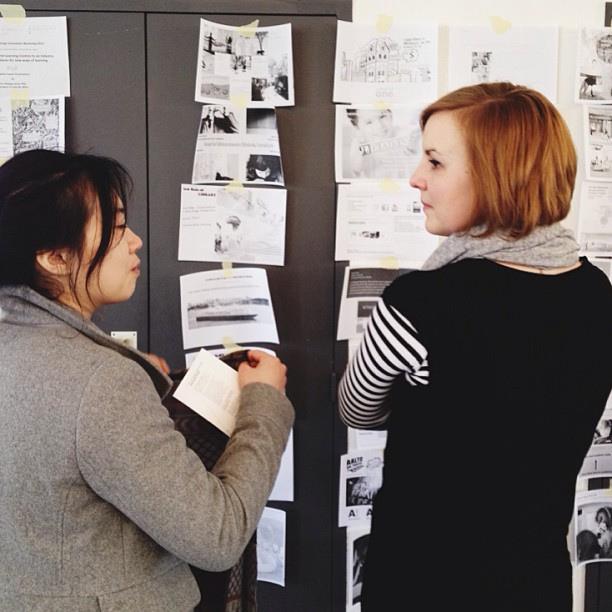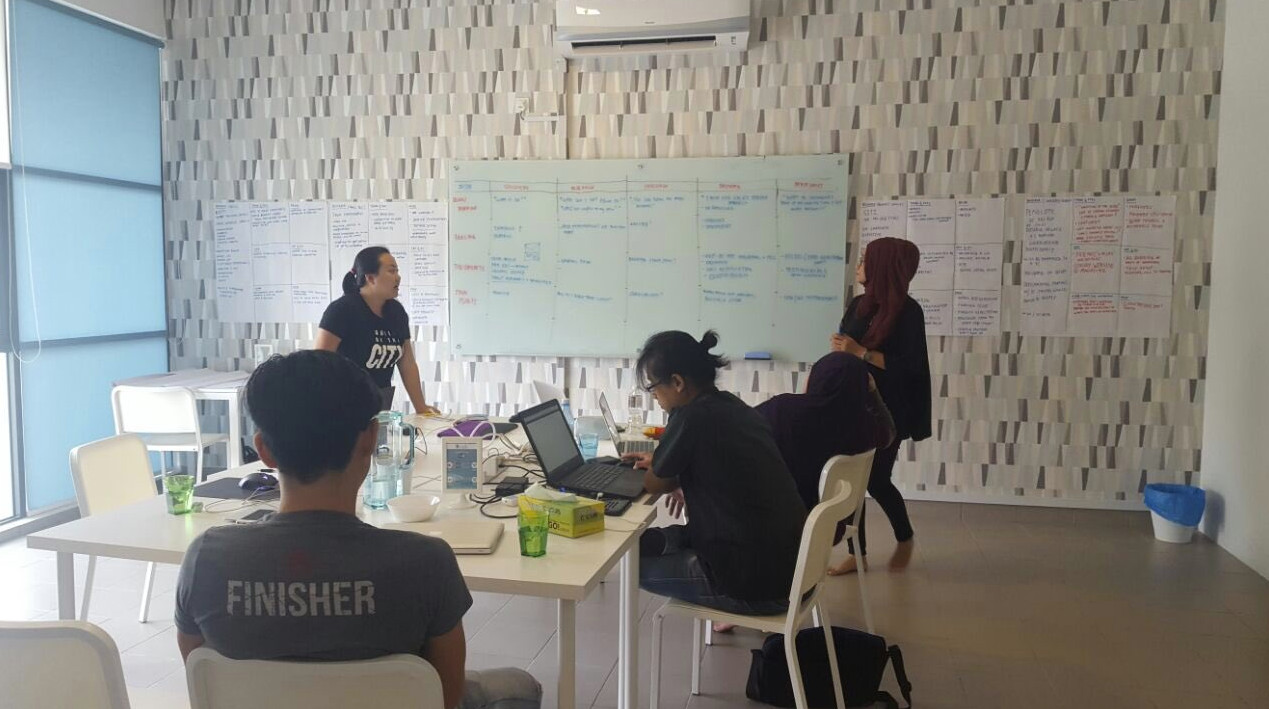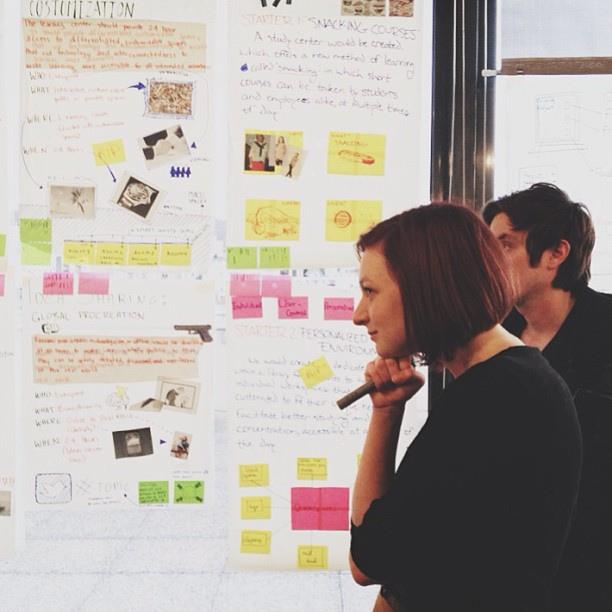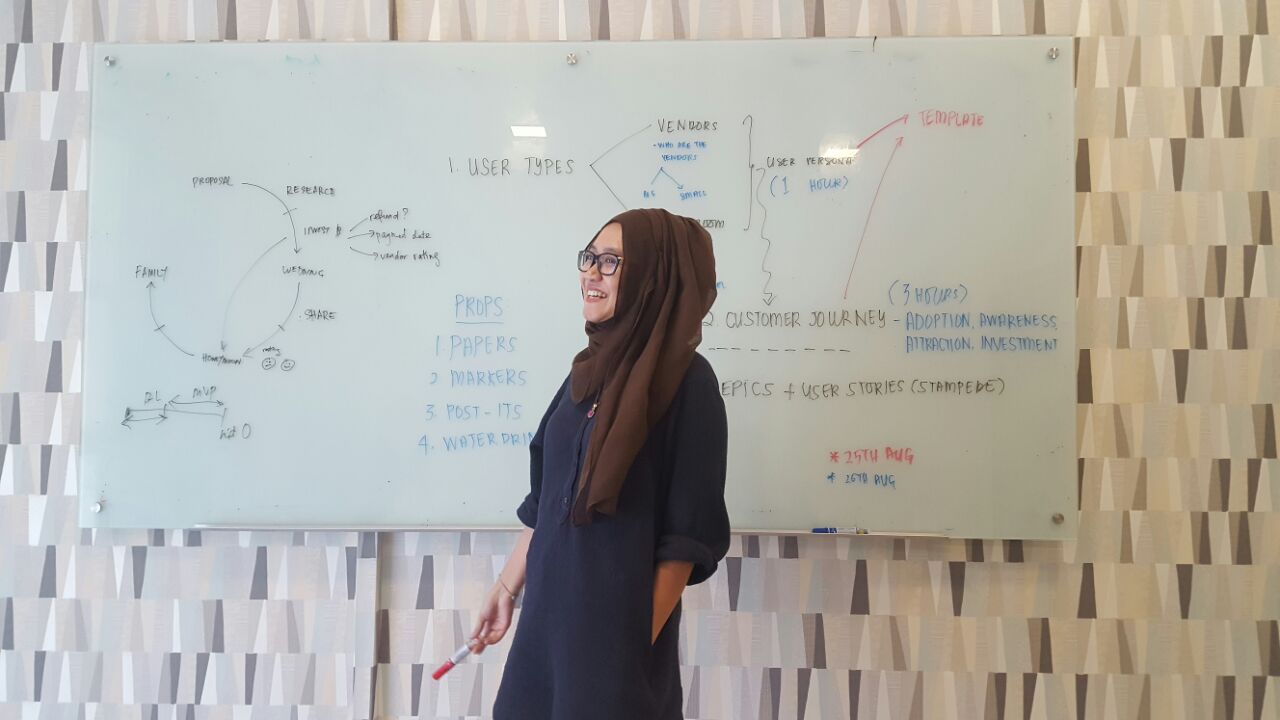Workshops are often a key part of the UX process by getting stakeholders involved from the start. Due to its importance, it is always good to ensure that these workshops are properly run. One key person in the UX workshop is the UX facilitator. This person not only leads the workshop to its desired outcome, but to also create a pleasant environment for everyone.
Running a UX workshop is a user experience lesson by itself as there are several types of personalities that can be identified from the involved participants. One participant might be very eager about the project creating a dominating presence, while the other might be too shy and nervous and keeping him/herself recluse from the beginning. This is where the UX workshop facilitator truly shines, by navigating around different personalities so that every participant becomes involved. Everyone has a say in things and their opinions are valued.
Deriving from our experience running this UX process, here are a few commandments in facilitating a UX workshop.
Thou shall be super prepared

There is a quote by author Joe Poyer.
Thorough preparation makes its own luck.
While luck itself is commonly linked to a coin flip, the quote itself means that being prepared will reduce the the risk of things going wrong.
Over the years we learned that the most impactful decision to reduce risks and uncertainty was to implement a checklist. Checklists are helpful, simple, and gives everyone a baseline of things we should agree on before starting the workshop. It can cover items such as, what stationery to bring (markers, pens, post-it notes, flip-charts, tape, ideation cards etc.), a list of participants, an agenda of the workshop, a brief flow/script of facilitation and many more.
For first time facilitators, you might want to hold a quick rehearsal with your internal team a few hours or a day ahead of the workshop. As you gain more experience overtime, you may find that this is no longer needed.
Thou shall have an agenda
Having an agenda lets everyone in the workshop know what to expect, what will happen, what they need to do, and plans moving forward.
Picture this, your clients arrive on that day hoping for a significant outcome from the workshop. They have allocated a huge number of hours or days out of their busy schedule just for it. Because of this, it is of the utmost importance to let them know what will happen during the workshop and what they will need to do and expect. By having an agenda, they won’t feel overwhelmed with uncertainty and everyone’s goals are aligned throughout the session.
Thou shall delegate

This is a lesson we learned the hardest. Stampede is made up of such talented people – sometimes we individually become too ‘enthusiastic’ and do everything by ourselves! However, realistically we can only do so much. If a person is able to focus on something, the better the outcome will become.
As a workshop facilitator, you can’t be doing everything at once. Delegate someone to take care of the note-taking or recording, or someone to bring in the refreshments at the start of the workshop. Ask someone in your team to alert you if they see someone is disengaged, or one part of the session exceeds its time limit – so you can keep the workshop back on track.
Thou shall be realistic

As a rule, you cannot possibly cram all UX activities in one day.
Decide what sort of activities will take place in the workshop. If it is only about identifying the user persona and journey, in my experience, the two itself would take roughly a day and a half. If there are no prior identification to the user personas beforehand by the clients, it would probably take more days. There will be many discussions going back and forth, especially if it involves quite a number of participants. To not overwhelm everyone, dedicate at most a two-day session just for one method. Some of these methods are the user persona, user journey, card sorting, and usability testing. Schedule an additional session if another method needs to be accomplished.
Thou shall be friendly yet determined
As mentioned, facilitating a UX workshop is a user experience lesson by itself. You need to be able to exude a friendly aura so that everyone feels relaxed and comfortable with you. In general, being friendly means that we become too lenient about things. We can go overboard with time limits, or one participant might just sit and stare into the screen while the others offer feedback, or worse, they might be too shy to participate at all and we don’t want to ask them so many times as not to humiliate them.
There is no shortcut around this. The first step is to identify the personality traits every participant have. Commonly seen are, The Shy One, The Rambler, The Off-Piste, The Assertive One, The Space Cadet and The Yes Man/Woman. This article frames a good way on how to deal with each personality trait – granted it is for user interviews, but a good guide nevertheless.
Thou shall have fun!

I shall not lie, after so many workshops, I still get anxious about facilitating one after another! Above all, we should bear in mind that what we do in these workshops is to help each other. We help the client to discover the best experience their users could have, and as the custodian of their business, only they could provide us that.
As a UX workshop facilitator, if you project yourself as having fun, your positive vibes will show and rub off on the rest of the group. However, if you are anxious, that will show too.
So, smile, enjoy the attention and focus on keeping everyone involved!
